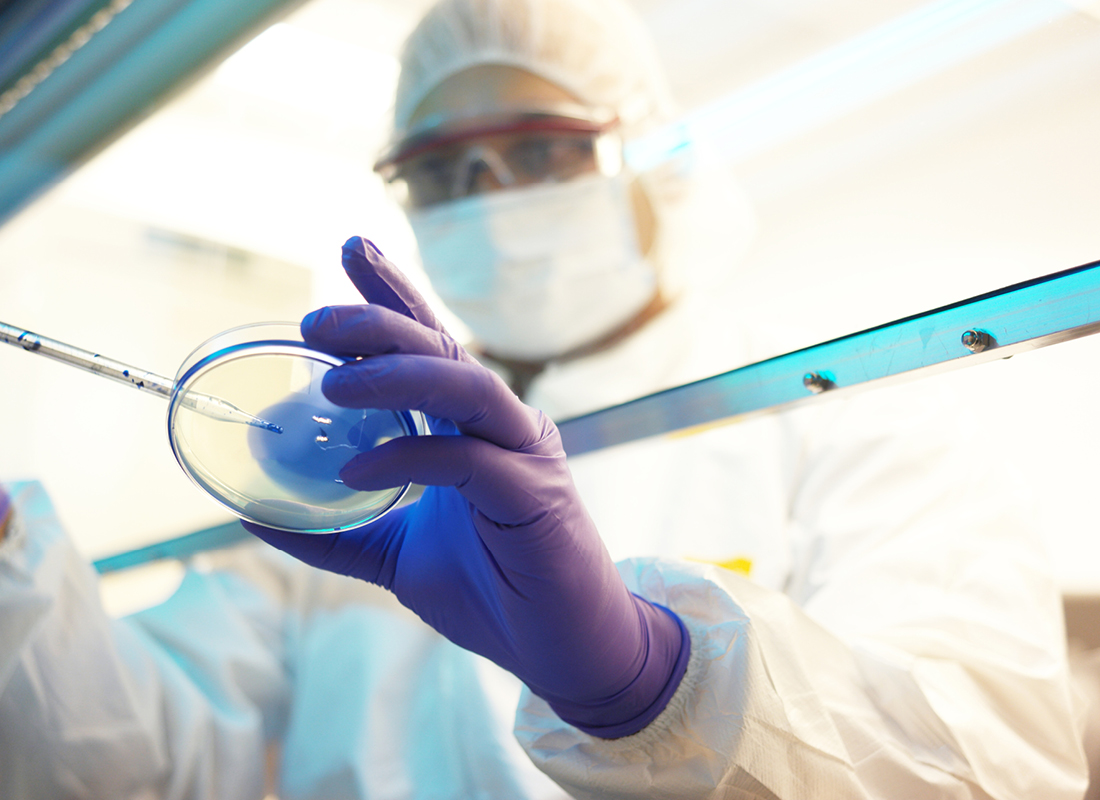FDA Watch: Agency Issues New Guidance on Biotin Interference Testing
From - Diagnostic Testing & Emerging Technologies On June 13, the FDA issued a draft guidance explaining how makers of in vitro diagnostic devices (IVDs) should perform… . . . read more

On June 13, the FDA issued a draft guidance explaining how makers of in vitro diagnostic devices (IVDs) should perform biotin interference testing and communicate testing results to labs, clinicians and other device end-users.
How Biotin Skews Testing Results
Biotin, aka vitamin B7, is a common ingredient in multi-vitamins, prenatal vitamins and dietary supplements. Patients who consume high levels of biotin from such products have been linked with abnormally high rates of falsely high and falsely low test results. Of course, these results can lead to inappropriate patient management or misdiagnosis.
As the draft guidance points out, devices using biotin/avidin technology have historically been assessed for biotin interference at the normal recommended daily doses of biotin of 30 μg per day, which results in plasma/serum biotin levels of < 1 ng/mL. Nevertheless, it continues, “unanticipated biotin interference with the performance of some IVDs due to consumer use of “dietary supplements” have in some instances revealed much higher levels; extremely high biotin doses also have been observed of up to 300 mg per day, which results in plasma/serum biotin levels of > 1000 ng/mL.”
The 6 Recommendations
The FDA recommended that IVD makers take six measures to prevent or minimize the impact of biotin interference:
- Sponsors should contact the appropriate Center for Biologics Evaluation and Research (CBER) or Center for Devices and Radiological Health (CDRH) review division when biotin interference at clinically relevant analyte and biotin concentrations is demonstrated;
- Studies testing for biotin interference should be designed in accordance with Clinical Laboratory Standards Institute (CLSI) EP07, Interference Testing in Clinical Chemistry; Approved Guideline;
- Concentrations of biotin should be evaluated up to 3500 ng/mL to reflect current trends in biotin consumption;
- Test samples should include analyte levels near the medical decision point(s) of the device;
- The concentration of biotin at which no interference is detected should be determined for assays that are susceptible to biotin interference at concentrations less than 3500 ng/mL; and
- Information on biotin interference testing should be listed in the labeling of the device, including the percent difference or bias at each concentration tested for both qualitative and quantitative assays and the consequence of biotin interference, e.g., any falsely elevated or falsely depressed observed.
Subscribe to Clinical Diagnostics Insider to view
Start a Free Trial for immediate access to this article